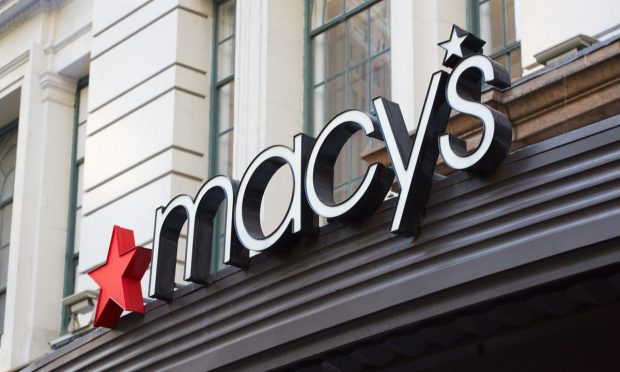Macy’s CEO Still Undecided About Separating eCommerce Division

Macy’s CEO Jeff Gennette on Thursday (Nov. 18) told CNBC’s Jim Cramer during an interview on “Mad Money” that the company hasn’t decided whether it will break its eCommerce division into its own company, despite urging from Jana Partners to make the move.
Earlier in the day, Macy’s announced it has hired consulting firm AlixPartners to study its business structure.
“The board, myself, our advisors, we look at this all the time, and we look at how is the company more valuable to the shareholder — as a unified company or has separate companies?” Gennette said to Cramer. AlixPartners will “pressure test” Macy’s own analysis of its corporate structure, he said.
Macy’s is encouraged by what it calls its strategic plan, called the “Polaris strategy,” but there’s still room to improve, Gennette said.
“With the value the market is putting on eCommerce, we needed to take another look,” he said. “We don’t have any conclusions, but we’ll be transparent with the market about where those findings take us.”
High-end department store Saks Fifth Avenue broke its eCommerce division off from the main company with an eye on higher valuations earlier this year.
“At the end of the day, I think what everybody can agree on is the omnichannel behavior of the customer,” Gennette said. “That customer is going to be respected at all costs.”
Macy’s also teased its plans for a digital marketplace that’s set to launch by late 2022.
Related: Jana Partners Urges Macy’s to Separate eCommerce Business as it Snags Stake in Retailer
In October, Jana Partners snagged a stake in Macy’s Inc. and began pushing the retailer to separate its $8 billion eCommerce business from its traditional brick-and-mortar business. Some investors have their eyes on Macy’s eCommerce as a potential target.
Jana sees Macy’s eCommerce business as potentially worth a multiple of its $7 billion market value. Macy’s forecast in February that its eCommerce business would hit $10 billion by 2023.
The company told investors earlier this year that it sees itself as a “digitally-led, omnichannel retailer” that’s facing a year of “recovery and rebuilding.”
